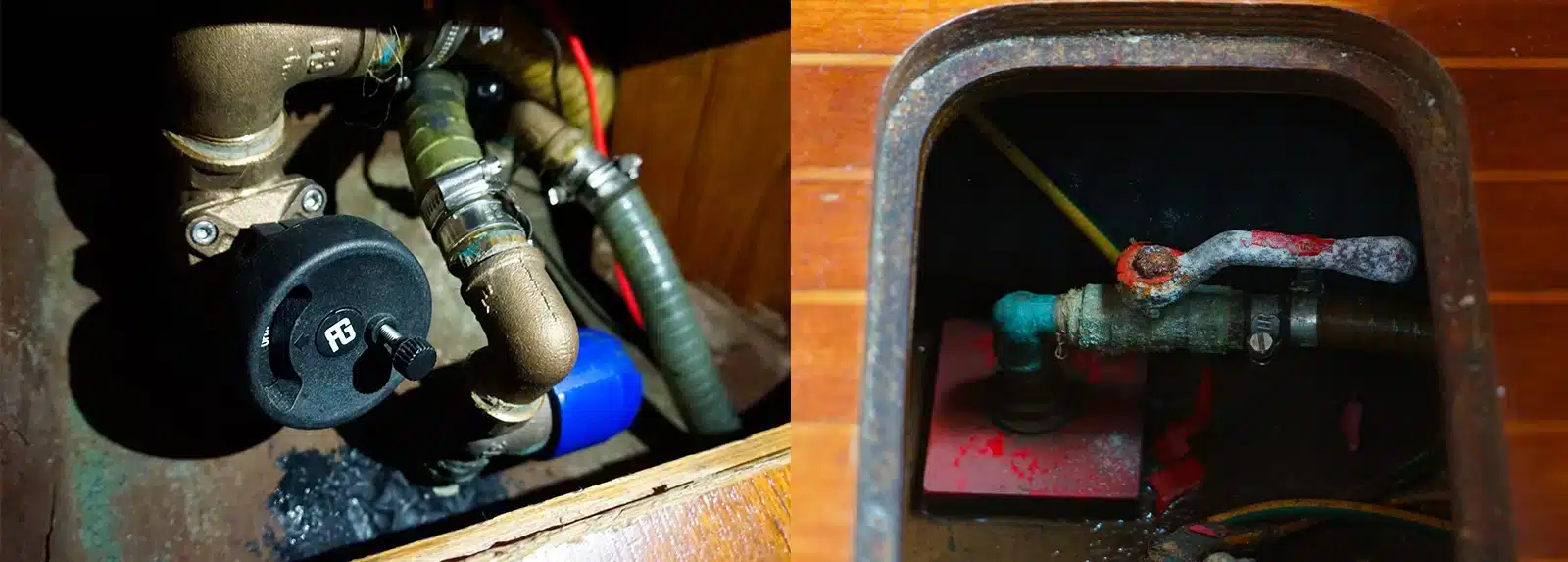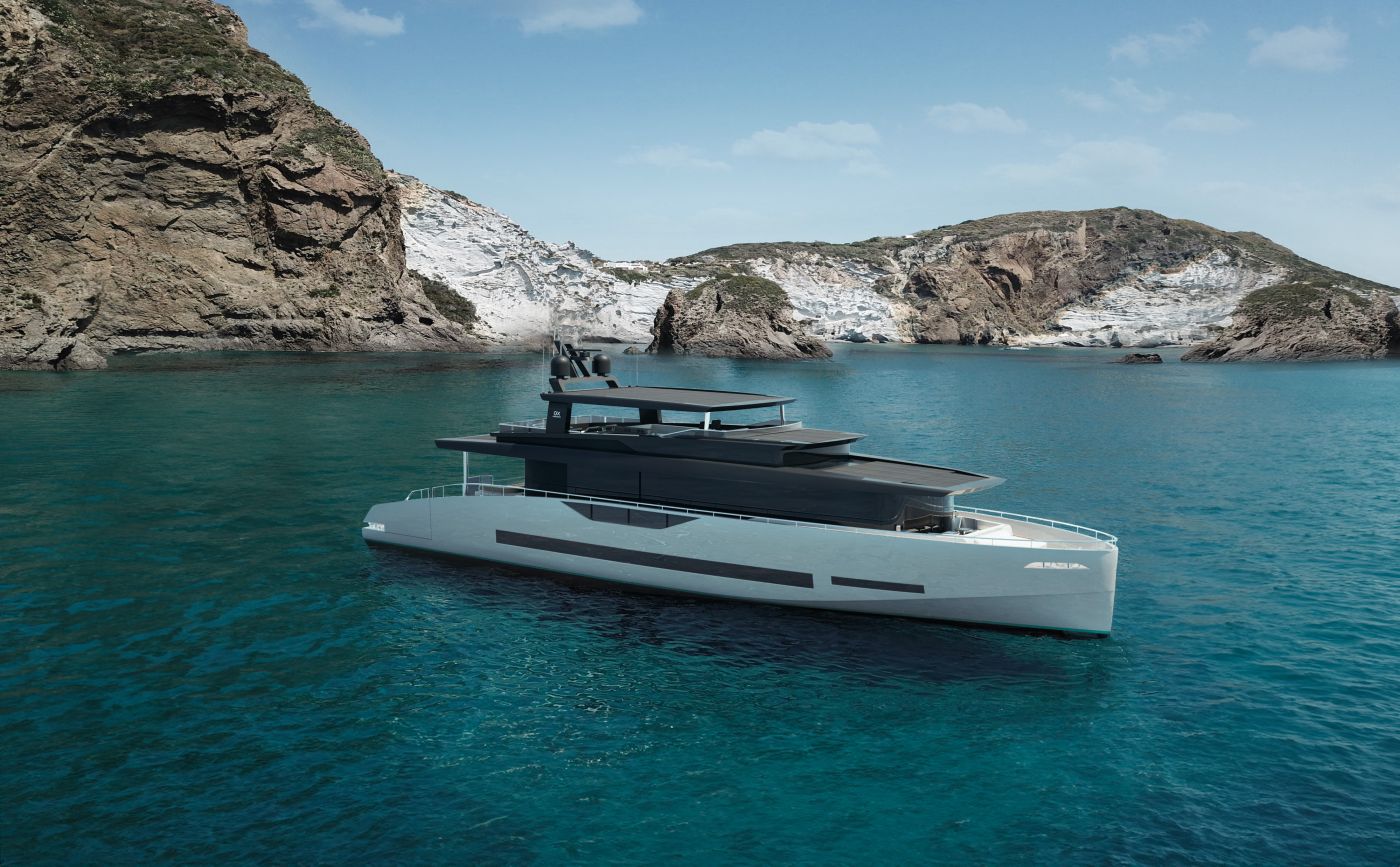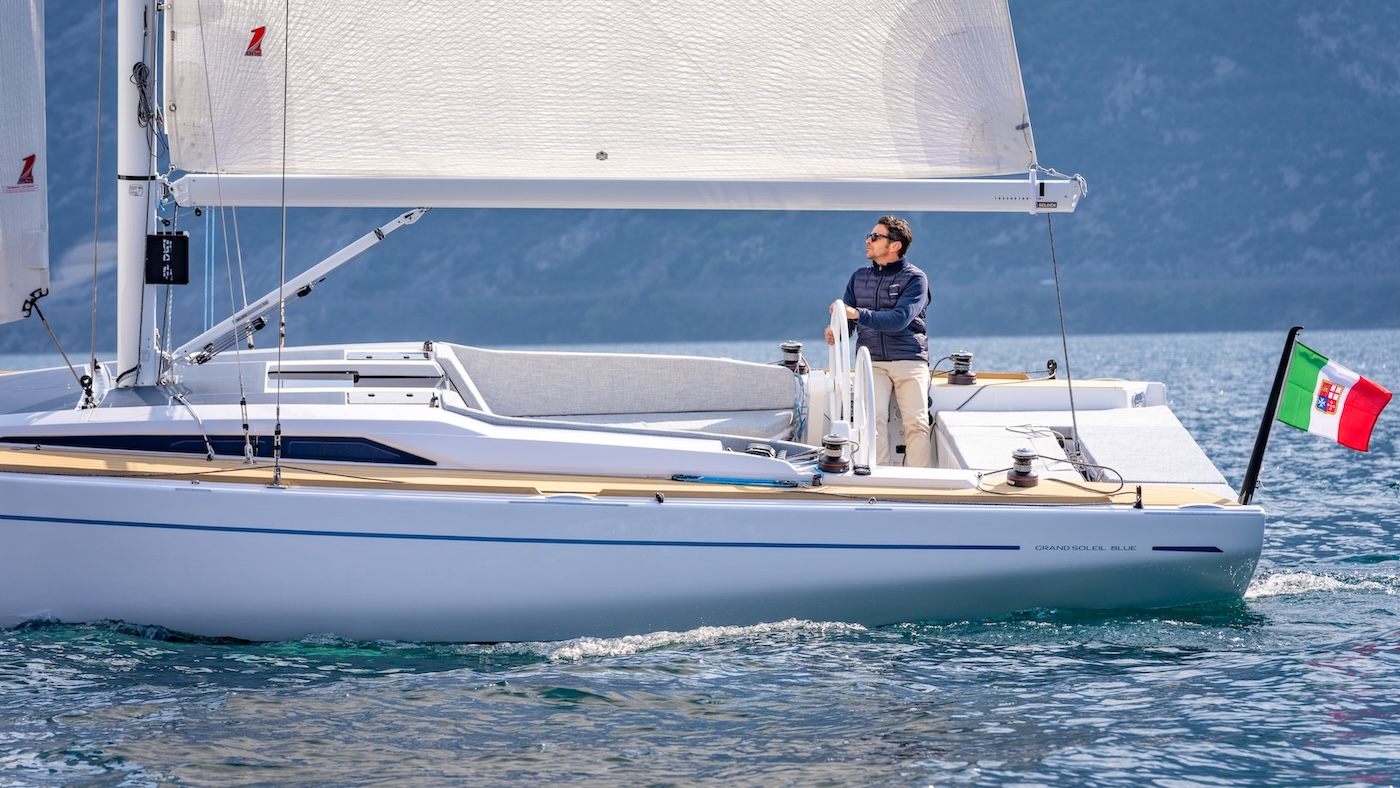Seven years of testing for Guidi exhaust valves and seacocks
Seven years of testing is a significant amount, especially considering that our lab boat stays in the water all year round, sails an average of over 1,000 miles per season, and is hauled out only for maintenance operations and to be dry-docked.
This is a test of absolute relevance, as you can see from the article at the time, which was also documented by an initial check two months into the test: LINK to the June 2017 article.
About Guidi exhaust valves and sea inlets
These exhaust and sea inlet valves are operated by a screw rotation mechanism, which, driven by the swivel head, moves a shutter that closes or opens the valve itself. The absence of the classic lever and the lack of friction in the opening and closing movement of the valves result in two advantages: the sea inlet can be installed anywhere (the dimensions are smaller), and above all, when activated, it does not exert dangerous strains on the fiberglass of the hull.
Another important advantage resulting from the use of these exhaust and sea inlet valves is that they can be operated by anyone; the rotation mechanism makes them extremely easy to operate. Moreover, the window positioned on the head of the valve, indicating whether the valve is open or closed, prevents any dangerous misunderstanding.
In these exhaust and sea inlet valves, the internal metal surfaces in bronze have been treated to prevent the formation of deposits and thus prevent blockage. A safety piston placed on the handle of each valve allows it to be locked in the closed or open position to prevent accidental movement.
The Guidi valves installed on our boat are of two types:
- Alex, a straight-through anti-block valve with two opposing sleeves and a 90-degree shutter. An exclusive patent of the manufacturing company.
- Non-stick 2210, a valve equipped with a straight internal passage that allows the passage of 100% of liquids. Internally, it is equipped with a scaling prevention system that prevents blockage. It also comes with a safety stop.
Sea test: How are valves performing today, after seven years of use?
The test is positive since it shows data significantly superior to the performance of traditional valves. With Guidi’s exhaust and sea inlet valves, we have never encountered any kind of problem. We have used them for loading and unloading on our Daydreamer, continuously opening and closing them. Especially during the boat’s laboratory downtime periods, we have appreciated their operation even after months of inactivity. This served as a true test bed and simultaneously highlighted the Achilles’ heel of traditional valves. Moreover, our boat is an old-generation shaft line, so its bilge is often wet. As you can see from the following photo, the comparison between valves made of traditional materials and those by Guidi is decidedly uneven.
After seven years, we can only confirm that all the Alex and Non-stick valves we installed are in excellent condition. Only in some areas of their surface, you can notice a natural and light green patina. We had a good comparison point by observing common valves from other brands that we installed simultaneously with those under test.
The Guidi exhaust and sea inlet valves, with each use, have always been smooth and fluid. The rotation of the heads has never presented a single problem, and most importantly, we have never encountered signs of blockage or leaks.
However, these products have such peculiar characteristics that they prompt us to make quite different considerations regarding the differences with traditional lever-operated valves. In short, why should I purchase this technology? What are the advantages it would bring to my boat?
After using them, we have identified three important reasons to choose them:
1) Ease of installation: Being devoid of opening levers, they can be mounted in tight corners with minimal space requirements.
2) Convenience and ease of use: The swivel head is geared down (more turns, less load and pressure!), so the action on the valve is always very smooth, and its operation does not require the use of force; even a child could easily operate them. In all these months, the valves have never shown even a hint of seizing up, never!
3) Safety: Exhaust and sea inlet valves are installed at critical points on every vessel, safeguarding the sea inlets. Needless to say, the obvious importance of this point. The “open/closed” labeling, clearly visible to anyone through the windows of the heads, eliminates the risk of dangerous errors and helps us maintain clear control over their status.
Furthermore, thanks to their smooth operation, we never exert undue force on the “valve – sea inlet – hull” assembly, and this is a very important point. Traditional valves are equipped with levers, and when these are stuck, the forces we use to unlock them act and exert pressure on the aforementioned assembly, putting both the sealing (risk of water ingress) and the resistance of the individual components (sea inlets and valve levers) to the test.
Guidi’s exhaust and sea inlet valves are also free from components subject to oxidation, a characteristic that we have verified. This unequivocally demonstrates the gap between this product and the traditional one.
During our test, the opening and closing operations were not only carried out by us, who are perfectly familiar with their operation, but also by other people, guests on board. We can assure you that the intuitiveness of their operation never made us feel the typical question: “Can you double-check the sea inlets? I’m not sure if I closed/opened them properly.”
In conclusion, we can certainly certify the effectiveness of this product and recommend its installation on board.
These valves, although slightly more expensive than traditional ones, safeguard the waterways of our vessels, and in our opinion, it doesn’t make sense to skimp on safety at sea.


























